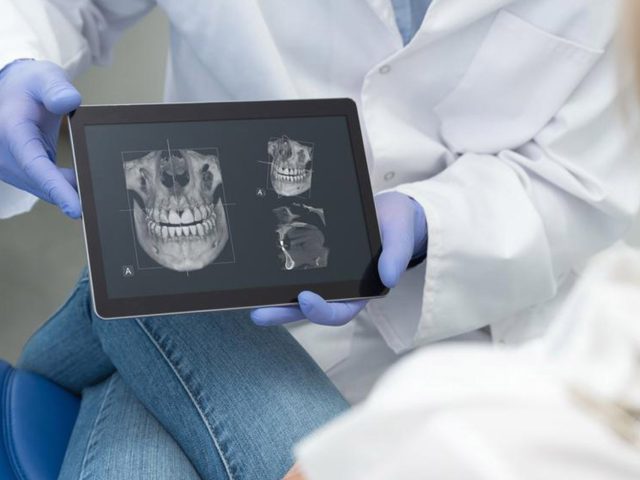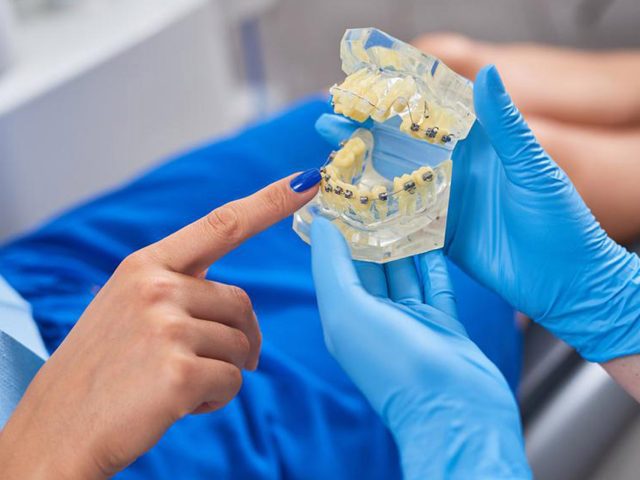

Digital Surgical Guided Implants
One of the areas that are developing and constantly renewing itself nowadays in the field of dental surgery. It is in search of new tools for the detection of various health problems by improving itself and finding new treatment methods. The digital surgical guide ensures that the implants to be applied are placed in the bone at the most appropriate angle and in the most appropriate position. It helps dentists in surgical dental applications and ensures efficient treatment.
With three-dimensional jaw tomographs, the jaw structure is fully examined and can be monitored carefully. With these obtained jaw images, the points where the implant will be applied are determined and the size, location and position of the implant are adjusted with these images. Thus, difficult treatments can be performed very easily.
The design of the implants and the developments on them are carried out in the virtual environment. Detection of insertion sites is determined using templates. These templates are created in the virtual environment. During the treatment application, these templates are placed on the palate and the implant is easily placed in its place by specialists. The treatment time is considerably shortened and the margin of error is minimized.
Using the Digital Surgical Guide
With the use of digital surgical guides, the margins of error in treatments are minimized. It mostly provides success in implant surgery. With the implants that are applied by making the most sensitive tooth measurements, prostheses that fit the bone are obtained and prosthesis problems such as slip and abundance are not experienced.
The jaw images are determined down to the smallest detail, and the measurement and production stages can be processed perfectly. As it is known, measurements in implant applications are taken very sensitively. Surgical guides are very important in this measurement of precision and measurement quality. It helps in determining the most suitable method in the tooth structure where there are many recesses and protrusions.
Advantages of the Surgical Guide
The use of a digital surgical guide is very beneficial for both the dentist and the patient. It is used a lot by shortening the treatment time for the patient and reducing the margin of error in the treatment for the dentist. The share of technologies in the field of dentistry is very important. The use of technology is indispensable in the teeth and jaw sections that are uneven and have many problems. Our clinic follows constantly developing technologies and uses them in diagnosis and treatment.








